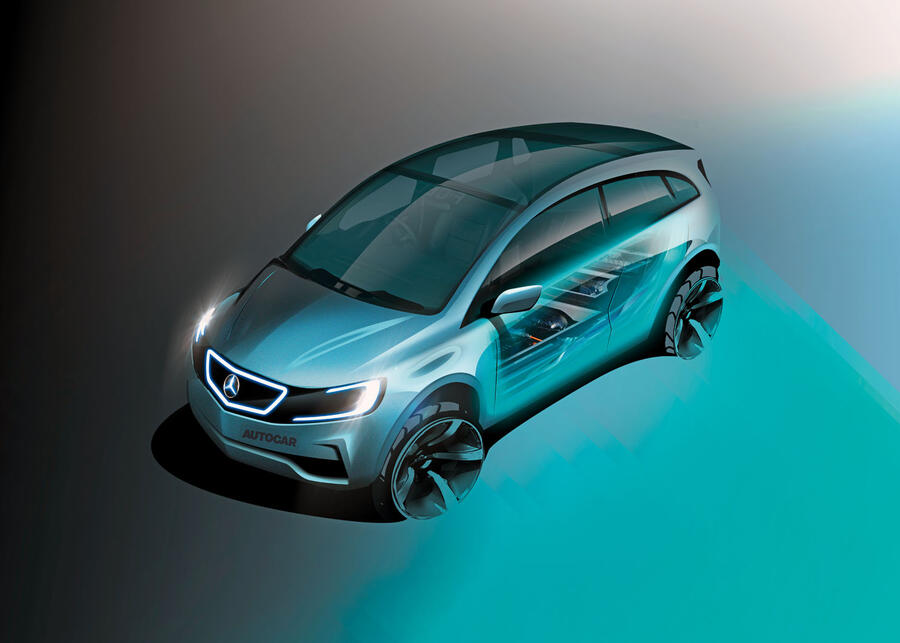More often than you might think, new cars are created by people whose names aren’t on the bonnet badge.
Car makers, especially start-ups spurred on by special circumstances like the rapid rise of the Chinese market and the onrush of electrification and autonomy, enlist the aid of discreet specialists who conceive, style, engineer and ready new cars for production, then fade away as if nothing ever happened. The UK has a good selection of such expert consultancies, and business is brisk.

When we decided to repeat last year’s successful Christmas wheeze of reimagining a quartet of well-loved classics (via our resident designer Ben Summerell-Youde), it seemed sensible to get them assessed by proven car creators.
We have again approached Envisage Group, the Coventry-based consultancy with whom, a couple of years ago, we created and part-engineered an all-new five-door electric saloon for 10-15 years hence. This time, four of us proposed new iterations of old cars – an alternative Mercedes A-Class, a new-era Audi A2, an Alfa Romeo Duetto and a Ford Capri crossover – and each wrote a short justification of the concept. These were assessed for practicality, market appeal and innovative content by a three-man Envisage team led by engineering director Paul Arkesden, with project manager Craig Bonham and engineering manager Stuart Smith, all greatly experienced in other projects and at other companies – but unable to talk very much about any of it, such is the secrecy in car creation.
















































Join the debate
Add your comment
Amazing Alfa
This one is amazing news. I love this design. iCloud login
Beautiful Alfa
I think the Alfa looks great, I disagree that the design is too conservative, it looks timeless...as long as the driving experience and interior refinement is up to snuff it should sell well.
Pointless
A rather pointless/Sunday morning at the pub discussion. New technologies - electric/autonomous/lightweight cars - need a new aesthetic. Just as the first cars copied the form of horse-drawn carriages, we are now in a similar transitional period. Battery power allows radical new approaches to packaging. It will be challenging: I suspect part of the i3's limited success is because of its 'out there' styling. But even the Mini got off to a slow start. Trying to re-invent something like the Capri is futile. The 1969 iteration was (like the Mustang) based on the 'long hood/short deck' sportscar tradition. It would be ridiculous now. At least the original A Class and A2 took a new approach to packaging that could still be relevant.